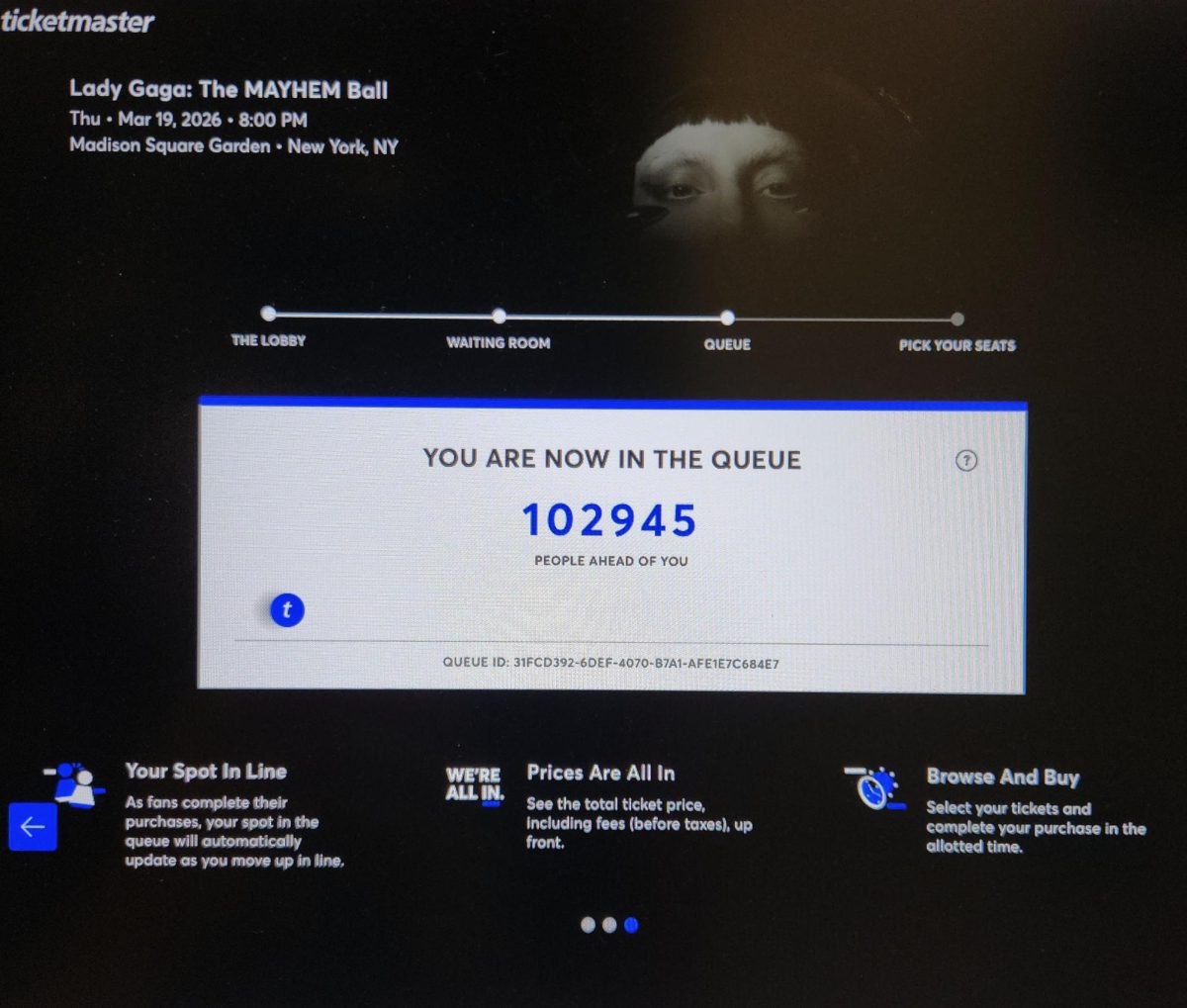“Women making independent choices can quickly and unknowingly contribute to a patriarchal society.” So can women who form judgments of those choices. Last week’s op-ed “How Feminism Unintentionally Reinforces Gender Roles” by Jane Hornsby sparked a productive discussion in Sonita Sarker’s Feminist/Queer Theories & Methodologies class, in which we grappled with the author’s view using theory and our individual and collective experiences. What follows are the fruits of that discussion. It’s important to note that we concurred with Hornsby’s piece to a limited extent. Our thoughts are not to be seen as a total rejection of Hornsby’s view, but rather as a contribution to the conversation Hornsby had the courage to spark.
First and foremost, we agree with Hornsby that choices are socially conditioned. Patriarchy is an ever-present system in our society, and every choice operates within that system. It is crucial to be aware, however, that what may appear to be the “same” choice is experienced in tangibly different ways depending on the context and the individual. The experience of an upper-class white woman who pursues a medical degree under the pressure of her parents is quite distinct from that of a first-generation working-class Latina who pursues a medical degree to claim autonomy, but these are often viewed as identical choices. Moreover, there is no singular vision for promoting feminism (of which there are many forms, and which can be claimed by many individuals). And although we agree that individuals’ identities are a product of the society they live in, these identities are not necessarily deterministic. How might we locate, for example, a working-class woman who takes a job as a stripper to put herself through law school within the narrow vision of feminism put forth by Hornsby?
It is unjust to assume that choices are made without regard to societal structures. “Choice” is treated as the opportunity to act independently in pursuit of feminism, but constraints stemming from race, class, gender, sexuality, ability and other aspects of one’s identity cannot be forgotten. The feminist ideal of choosing “empowering” careers referred to in Hornsby’s article may be an ideal that ignores these constraints, and it also may oversimplify the potential of that “empowerment.”
In the opening paragraph to her piece, Hornsby implies that women ought not choose to be stay-at-home mothers, strippers or porn stars. According to Hornsby we must not blindly defend these choices, because they reinforce existing patriarchal structures. This argument, recently popularized by Sheryl Sandberg’s Lean In, beckons women to “sit at the table” and seek power in traditionally male-dominated institutions rather than participating in traditionally “feminine” pursuits.
Yet when women “sit at the table,” they may still be buying in to patriarchal institutions. Just as Hornsby says, our values are largely dependent on our social and historical context. One of these contextual values is “success” as defined by power and the accumulation of capital; another is a devaluation of “women’s work” whether that work be domestic, sexual or “nurturing.” In this way, when a woman critiques another woman’s choice to be a stay-at-home mom, stripper or porn star under the guise of feminism, she reinforces the very patriarchal system she seeks to dismantle.
Hornsby says, “while a woman can say that it is her choice to not work and instead raise her children, she cannot deny that the American axiom of the stay-at-home mom has a role in her mental construction of what her role in society is.” While this may be true for many women, that ideal of a stay-at-home mom is one circumscribed by class and race (middle-class and white, specifically). “Femininity” will be different for a woman of color, a working-class woman, and even an upper-class woman; as such, the expectation of a stay-at-home mom is not a universal one. Therefore, to claim that all women, regardless of identities, experience the choice to be a stay-at-home mom in the same way is to overgeneralize and essentialize women. Inscribing them with the singular bourgeois view that women should prove themselves in “acceptable” careers is to erase difference. Hornsby’s argument would be stronger if she acknowledged and accounted for this difference.
In our opinion, it’s counterproductive to imagine dichotomies (whether they’re “appropriate” careers or reinforcing gender roles or universalist arguments) where one side is Good For Feminism and the other is Bad For Feminism. There is no clear-cut linear path when it comes to subverting gender roles and advocating equity for all, regardless of gender (or race or class or sexuality … you get the idea).







Eric Simpson • Sep 10, 2019 at 2:55 pm
I do agree with all the ideas you have presented in your post. They are really convincing and will definitely work. Still, the posts are very short for novices. Could you please extend them a bit from next time? Thanks for the post.
Virginia Skinner • Sep 7, 2019 at 4:24 pm
Hi there, I also wish for to share my thoughts at this place, when i donít know even about a effortless thing related to Personal home pages, I always go to explore that from net.